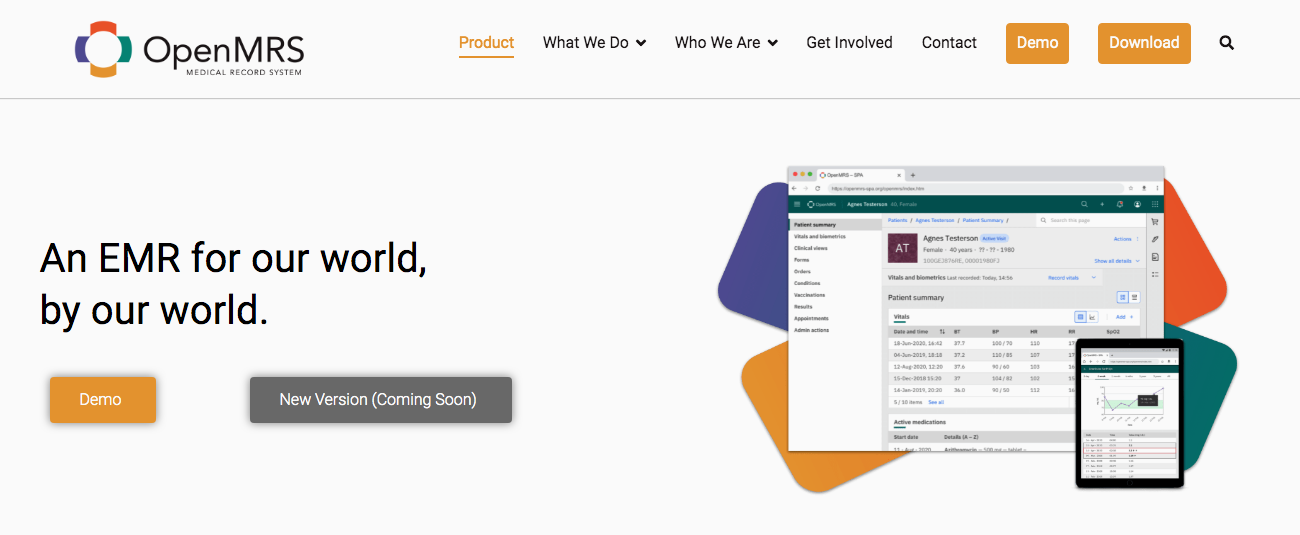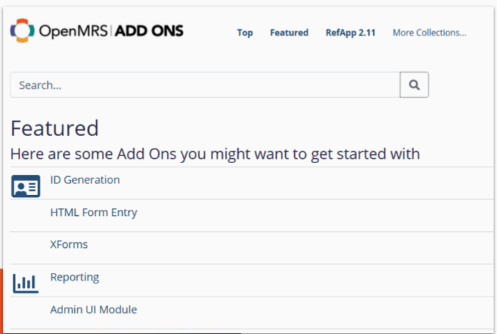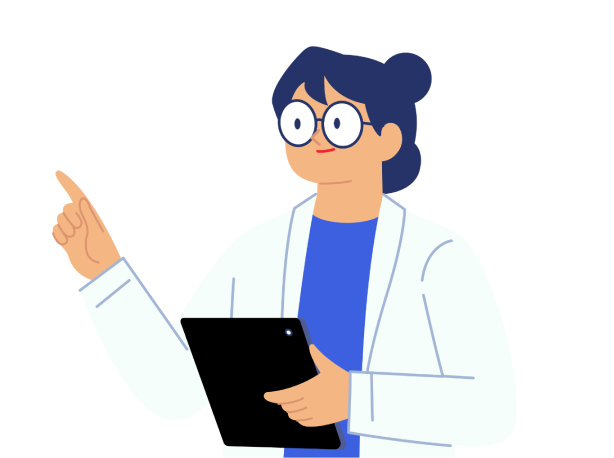Openmrs software review
History of the Company
OpenMRS, short for Open Medical Records System, traces its roots to 2004 when Dr. Paul Biondich and other renowned healthcare and computer science professionals joined forces to address the dire need for healthcare delivery systems in developing countries. Their collective medical informatics efforts culminated in a revolutionary software platform – OpenMRS, a unique, user-driven, community-developed open-source project. The OpenMRS community has since grown into a significant global community of generous contributors and implementers that pool resources to enhance this unique software platform continually.


Features Overview
OpenMRS is fundamentally an electronic medical record system customized for the diverse needs of the healthcare industry. At the core of its design is a conceptual database structure that serves as a flexible patient repository. In particular, OpenMRS enables the design of data collection forms to accumulate extensive patient demographics, clinical findings, and even socio-economic data, effectively streamlining the process of consolidating critical medical information required for healthcare delivery.
Pros
Cons
Price & Demo

Conclusion
Choosing OpenMRS as a healthcare information system provides a flexible, scalable, and economically viable solution, particularly for resource-constrained settings. The system’s data collection capabilities, alongside its adaptable framework geared towards accommodating the dynamically evolving needs of the healthcare industry, make it a robust solution. However, organizations must be prepared to invest in training their staff to harness the full potential of this powerful platform.
